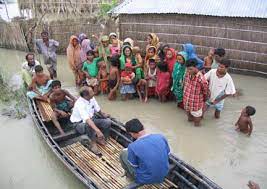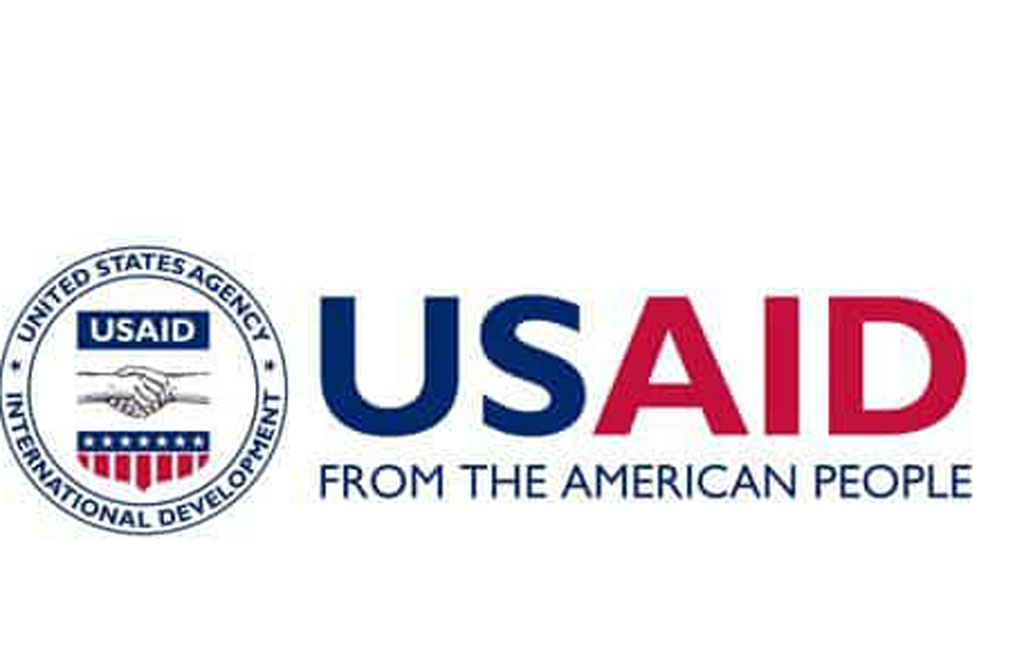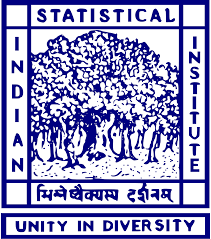The linkage between perceived risk, disaster risk reduction interventions, and adaptation
Principal investigators: Ashraful Haque, Jahangirnagar University
Funding organization: SANDEE
Project timeline: 2015-2016
Background
Bangladesh Government started implementing the Comprehensive Disaster Management Program (CDMP) in 2006, which was a remarkable switch from the traditional rescue-relief-rebuild approach to a risk reduction approach to disaster management. A major part of the program intends to mitigate the adverse impacts of climate change on the livelihoods at the local level. For this purpose, the program integrates administrative and community initiatives, whereby the former focuses on mainstreaming climate change adaptation and disaster risk reduction into local level planning and financing; and the latter takes lead into mapping community risk assessment (CRA) and preparing risk reduction action plan (RRAP). Establishing synergic partnership among the local administration, communities and local NGOs in implementing RRAP is another salient feature of this program.
This study will try to measure the impact of the CDMP in securing the livelihoods of the local communities of the coastal areas of Bangladesh. Household income, savings, loans, and asset value have been taken as proxy measures of livelihood security.
Research objective and design
The project rendered financial literacy training and opened a new MFS account for 280,510 women in phase 1 and 70,357 women in the garment sector in phase 2. 496 beneficiaries who were seldom using their MFS account or not using at all were selected from this universe and were randomly assigned to either a control group (just provided with the financial literacy training and MFS account) or to a self-affirmation intervention. Participants were followed up 6 months later after the intervention.
This research intends to measure the effectiveness of the CDMP adaptation measures in coastal areas of Bangladesh. Major objectives include:
1. Estimate the aggregate effect size of a particular adaptation strategy on the livelihood security at the sub-district level of the coastal area;
2. Estimate the variation in the effect size of a particular adaptation strategy for different vulnerable groups in coastal areas;
3. Estimate the variation in the effect size of a particular adaptation strategy based on the implementation modes, i.e. government, NGOs/CBOs, and both.
Individual households of the study are the unit of analysis. The study area consists of two neighboring sub-districts, Dacope and Koyra, of Khulna district. CDMP program was implemented in Dacope. Both of them not only share the boundary but also face similar climate change adversities. They share the same coast as well. Both sub-districts have high poverty incidence, low population density, and also low population growth. They are also comparable in terms of other demographic and socio-economic profiles (see Appendix 1 for detail). Unfortunately, no public data is available to compare the trend in per capita household income and unit asset value of the two sub-districts, which is essential to validate the assumption of the empirical strategy. However, based on the similar socio-economic and demographic trend, it can be reasonably assumed that two sub-districts would have a similar trend in the household income and unit asset value should there be no CDMP. 500 households from each of the Upazila will be selected and surveyed twice to implement a difference-in-difference estimation.
Result and policy lessons
Forthcoming

























